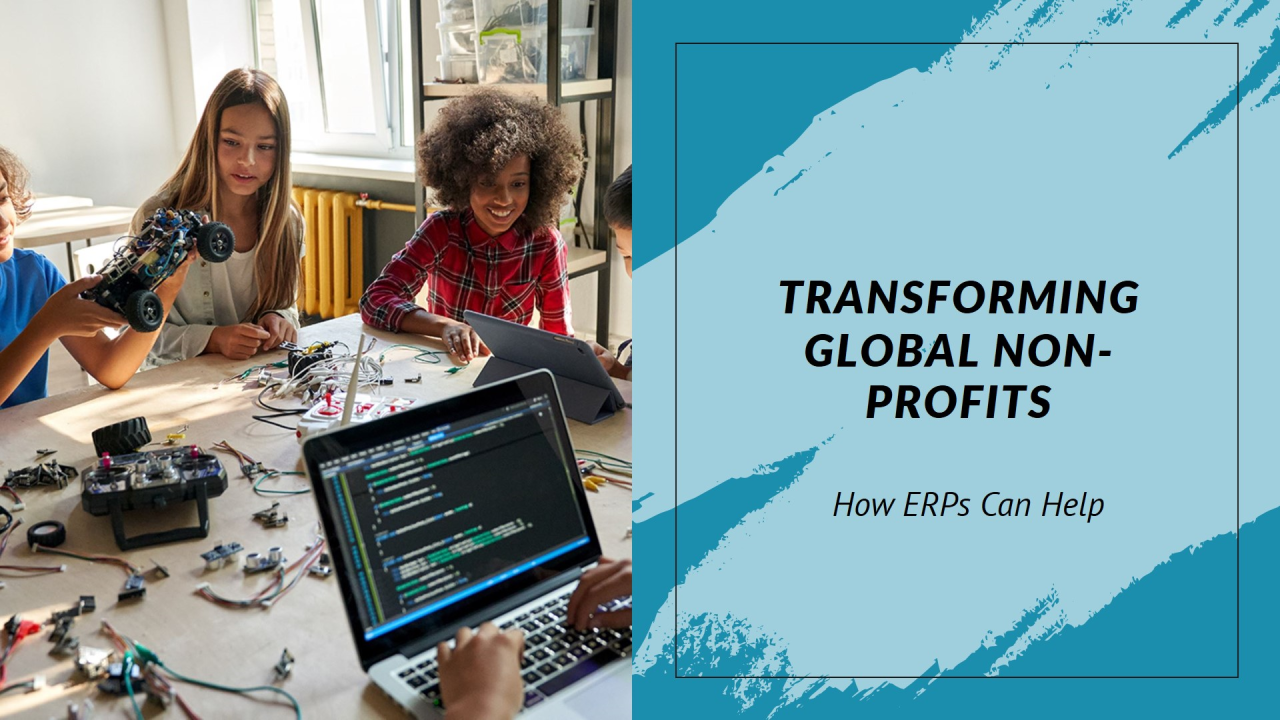How a Resilient Supply Chain Boosts Your Business
Introduction
Supply chain disruptions can have a significant impact on a company’s performance, reputation, and profitability. Whether it’s a natural disaster, a pandemic, a cyberattack, or a trade war, unexpected events can cause delays, shortages, quality issues, and increased costs in the supply chain. According to a McKinsey report, the average company can expect to lose 42% of one year’s earnings over a decade due to supply chain disruptions.
To avoid these risks and gain a competitive edge, companies need to build a resilient supply chain that can withstand shocks and adapt to changing conditions. A resilient supply chain is one that can sense, respond, and recover from disruptions quickly and effectively, while maintaining or improving customer service and operational efficiency. A resilient supply chain can also enable innovation, sustainability, and growth by leveraging new technologies, capabilities, and opportunities in the market.
But how can companies achieve supply chain resilience? What are the key elements and steps involved? In this article, we will provide a framework for building a resilient supply chain and explain how it can improve your company’s bottom line.
Framework for Building a Resilient Supply Chain
The framework for building a resilient supply chain consists of four main components: visibility, agility, collaboration, and learning. These components are interrelated and mutually reinforcing, and they can be applied at different levels of the supply chain, from strategic to operational. Here is a brief overview of each component and some examples of how to implement them.
- Visibility: Visibility refers to the ability to monitor and track the status, location, and condition of products, materials, assets, and information across the supply chain. Visibility enables companies to identify potential risks, opportunities, and bottlenecks, and to take proactive actions to mitigate or exploit them. Visibility can be achieved by using digital tools and platforms, such as sensors, RFID, GPS, blockchain, cloud computing, and analytics, to collect, integrate, and analyze real-time data from multiple sources and stakeholders.
- Agility: Agility refers to the ability to respond and adapt to changes and disruptions in the supply chain quickly and effectively. Agility enables companies to maintain or restore normal operations, meet customer demands, and seize new opportunities in the market. Agility can be achieved by using flexible and modular processes, systems, and structures, such as lean, agile, and resilient manufacturing, dynamic inventory and capacity management, scenario planning and simulation, and decentralized decision making and empowerment.
- Collaboration: Collaboration refers to the ability to coordinate and align actions and goals with internal and external partners in the supply chain. Collaboration enables companies to leverage the resources, capabilities, and insights of their suppliers, customers, distributors, and other stakeholders, and to create value for all parties involved. Collaboration can be achieved by using relational and contractual mechanisms, such as strategic alliances, joint ventures, long-term contracts, information sharing, and incentive alignment, to foster trust, commitment, and mutual benefit.
- Learning: Learning refers to the ability to capture and apply the knowledge and experience gained from the supply chain. Learning enables companies to improve their performance, processes, and practices, and to innovate and create new value propositions for their customers and stakeholders. Learning can be achieved by using feedback and evaluation systems, such as audits, reviews, surveys, and benchmarks, to identify gaps, strengths, and best practices, and by using training and development programs, such as mentoring, coaching, and e-learning, to enhance the skills and competencies of the workforce.
How a Resilient Supply Chain Improves Your Bottom Line
By building a resilient supply chain, companies can achieve several benefits that can improve their bottom line, such as:
- Reduced costs: A resilient supply chain can help companies reduce their costs by minimizing the impact of disruptions, optimizing their inventory and capacity utilization, and enhancing their operational efficiency and productivity.
- Increased revenues: A resilient supply chain can help companies increase their revenues by satisfying their customer needs and expectations, capturing new market opportunities, and differentiating their products and services from their competitors.
- Improved profitability: A resilient supply chain can help companies improve their profitability by increasing their margins, reducing their risks, and creating a sustainable competitive advantage.
Conclusion
A resilient supply chain is not only a necessity, but also a strategic asset for any company that wants to thrive in today’s volatile and uncertain business environment. By following the framework of visibility, agility, collaboration, and learning, companies can build a resilient supply chain that can boost their business performance and profitability. A resilient supply chain can also enable companies to create value for their customers, stakeholders, and society, and to contribute to a more resilient and sustainable world.
If you want to learn more about how to build a resilient supply chain for your business, contact Sunbridge Software Services, a Microsoft partner with expertise in supply chain management solutions. Sunbridge Software Services can help you leverage the power of Microsoft Dynamics 365 and Azure to optimize your supply chain operations and improve your resilience and profitability. Visit their website or call them today to schedule a free consultation and demo. Don’t miss this opportunity to transform your supply chain and achieve your business goals with Sunbridge Software Services.




